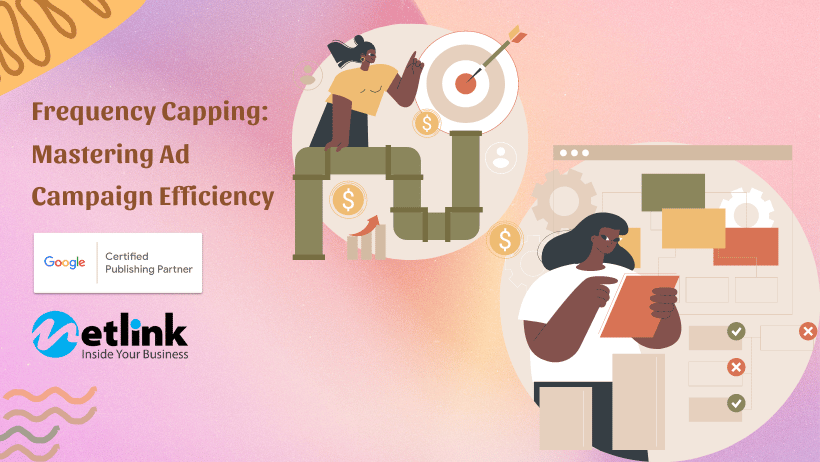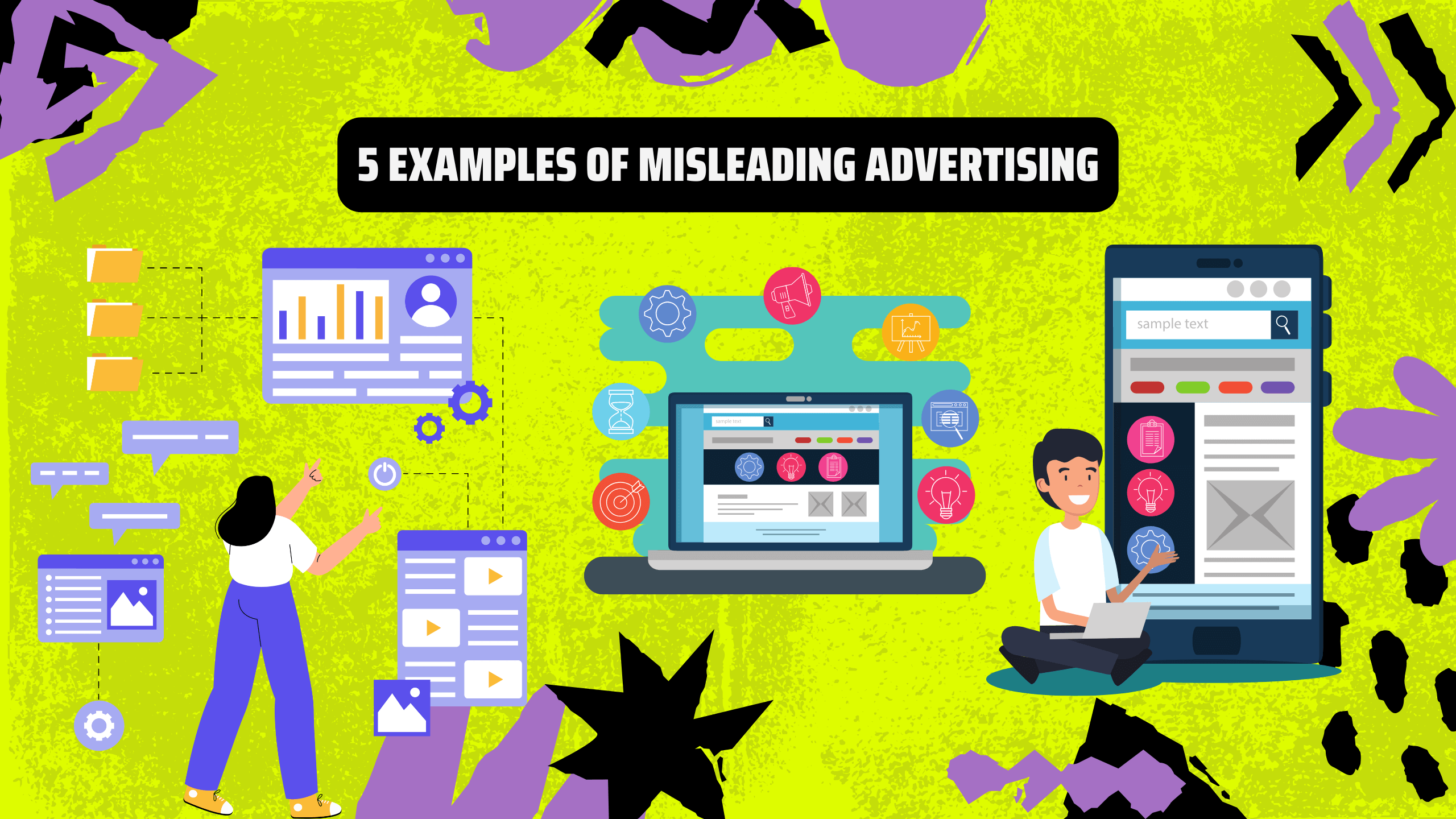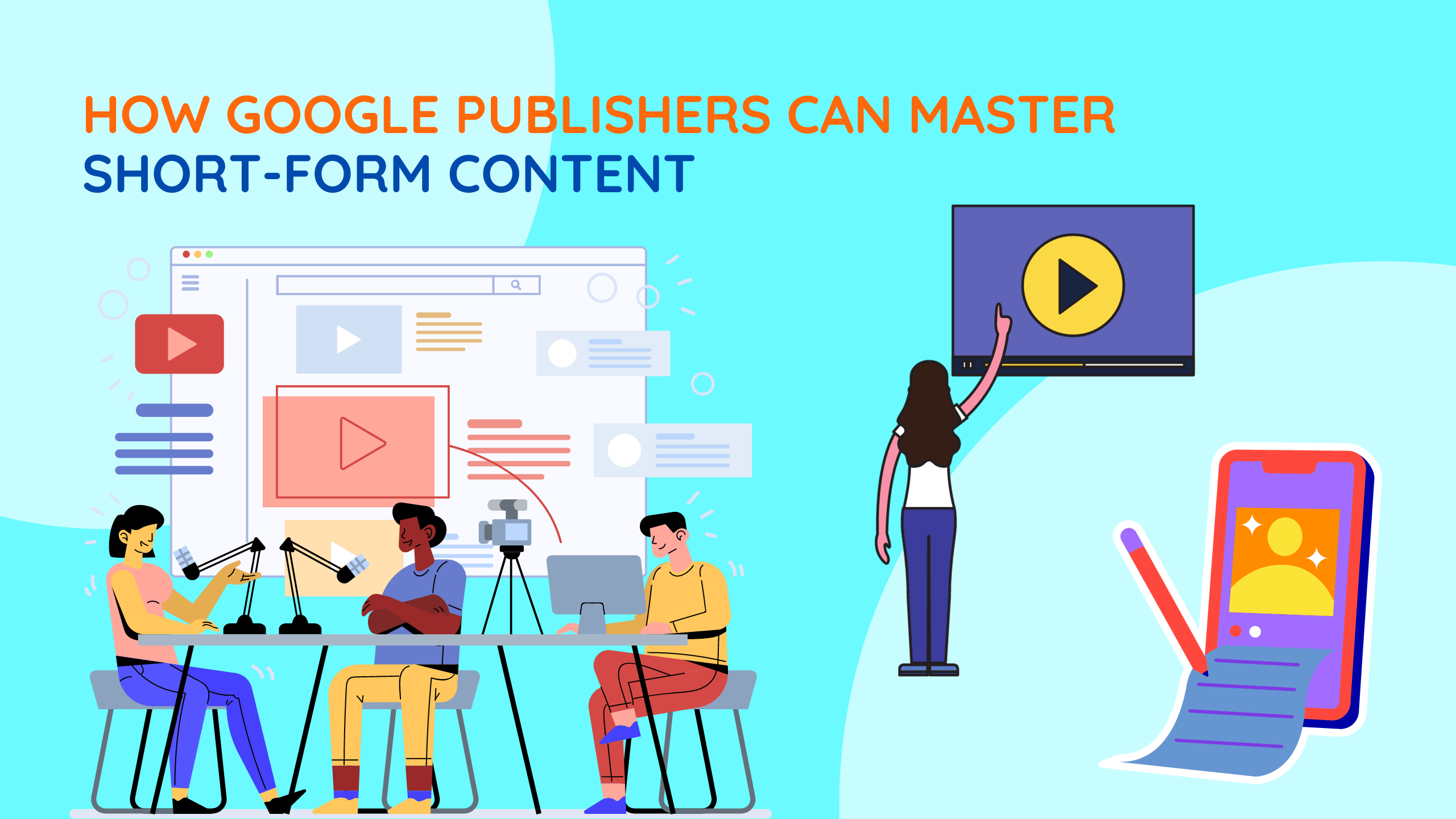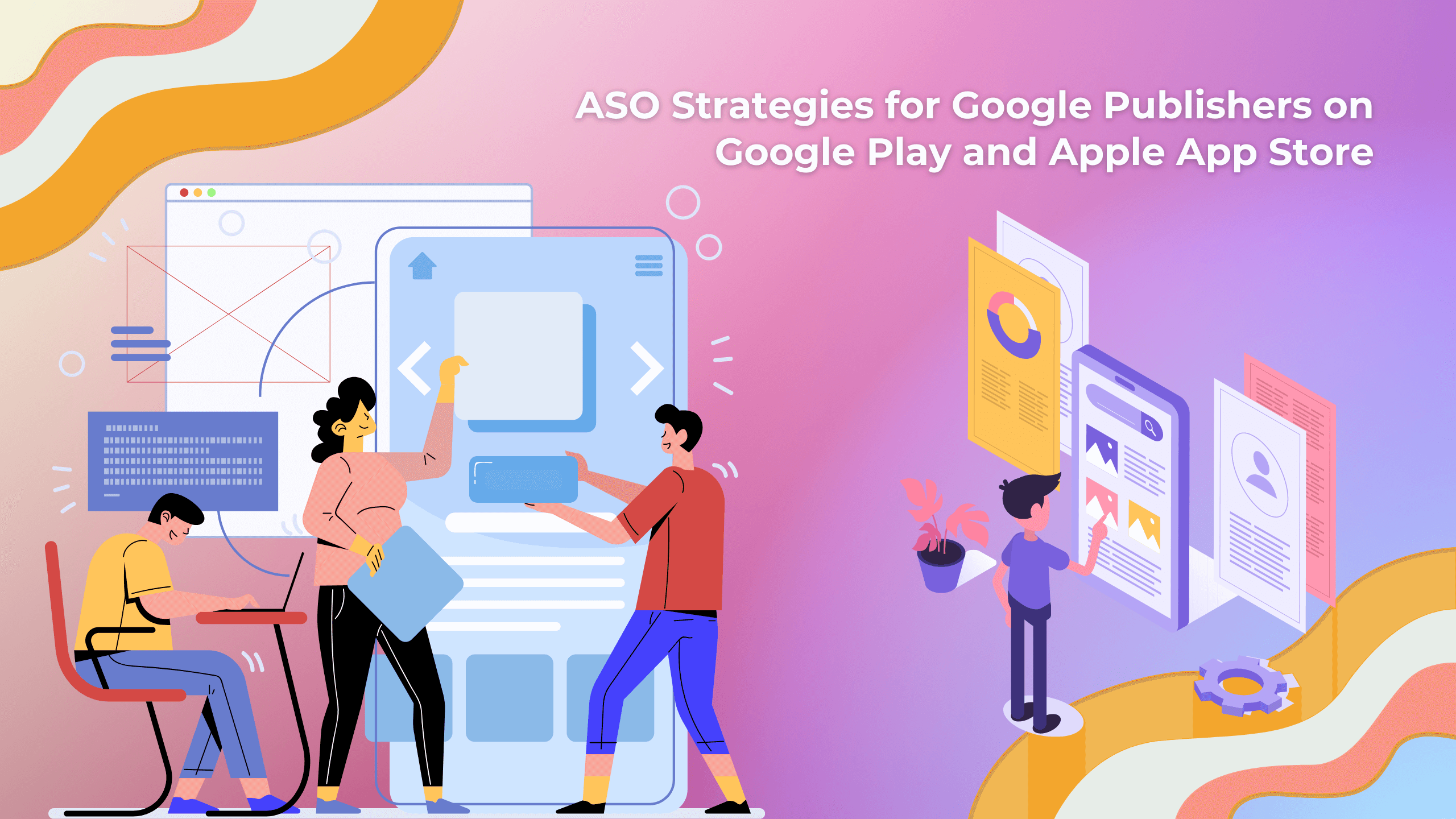Imagine strolling through a busy marketplace – vendors clamour to capture your attention, yet an incessant barrage of pitches becomes overwhelming. The same holds true in the digital advertising landscape, where advertisers vie for user attention. Frequency capping emerges as the solution, allowing advertisers to smartly manage ad exposure, striking a harmonious balance between visibility and user experience.
I. Unveiling Frequency Capping
At its core, frequency capping refers to limiting the number of times an individual user is exposed to a specific ad within a given timeframe. This approach prevents ad fatigue, maintains user engagement, and safeguards against audience alienation caused by excessive ad repetition.
II. The Significance of Frequency Capping
Frequency capping isn’t just a convenience; it’s a vital element that shapes a successful ad campaign:
Enhanced User Experience: Overexposure to ads can lead to annoyance, creating a negative impact on user experience. Frequency capping ensures users are engaged without feeling bombarded.
Optimized Budget Allocation: Ad budgets are precious resources. By capping ad frequency, you allocate resources more efficiently, targeting a wider audience range and achieving higher ROI.

Brand Perception: Excessive ad exposure can dilute brand impact. Frequency capping safeguards your brand’s integrity by ensuring ads remain impactful and memorable.
III. Benefits of Frequency Capping
The advantages of frequency capping are multifold and cater to both advertisers and their target audience:
Reduced Ad Fatigue: By limiting ad repetition, frequency capping combats ad fatigue, ensuring that your message remains fresh and compelling.
Higher Engagement: Users are more likely to engage with an ad that is relevant and doesn’t overstay its welcome.
Cost Efficiency: Optimizing ad frequency prevents unnecessary spending on users who are unlikely to convert, maximizing your budget’s impact.
IV. Implementing Frequency Capping
Implementing an effective frequency capping strategy demands precision and understanding:
Audience Analysis: Study your target audience’s behaviour to determine an optimal frequency cap. Different demographics may respond differently.

Ad Type Consideration: Different ad types might warrant different frequency caps. Dynamic ads may be better suited for a higher frequency, while complex ads might benefit from fewer exposures.
Campaign Objectives: Align frequency capping with your campaign objectives. A brand awareness campaign might have a different cap than a conversion-focused campaign.
V. Best Practices for Optimal Results
Fine-tuning your frequency capping strategy is an iterative process that requires ongoing refinement:
Segmentation: Divide your audience into segments and apply different frequency caps. Tailoring the exposure to user behaviour can yield better results.
Testing and Iteration: Experiment with various frequency caps and analyze the results. Continuously refine your approach based on user engagement metrics.
Monitoring: Regularly monitor your campaign’s performance and adjust frequency caps as needed. Keep an eye on user feedback and make adjustments accordingly.
VI. Overcoming Challenges
While frequency capping offers substantial benefits, it’s essential to acknowledge potential challenges:
Limited Reach: Overly restrictive frequency caps might limit your ad’s reach. Strike a balance between capping and reaching a wider audience.

Ad Format Consideration: Different ad formats might require different frequency caps. Static ads might tolerate a higher cap than video ads, for instance.
VII. The Future of Frequency Capping
As technology advances, frequency capping is likely to become even more sophisticated. Machine learning algorithms and AI-driven insights will enable advertisers to dynamically adjust frequency caps based on real-time user engagement data.
Conclusion: Crafting a Seamless Ad Experience
Frequency capping emerges as a cornerstone in crafting a seamless and effective ad experience for both advertisers and users alike. By preventing ad fatigue, optimizing budget allocation, and enhancing brand impact, frequency capping transforms ad campaigns from overwhelming to impactful. Embrace the power of frequency capping, and embark on a journey toward more engaging, efficient, and successful ad campaigns.











